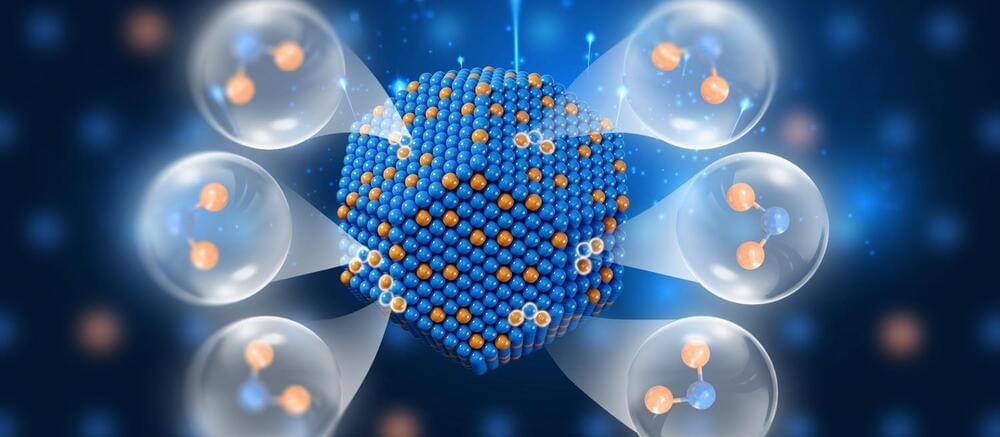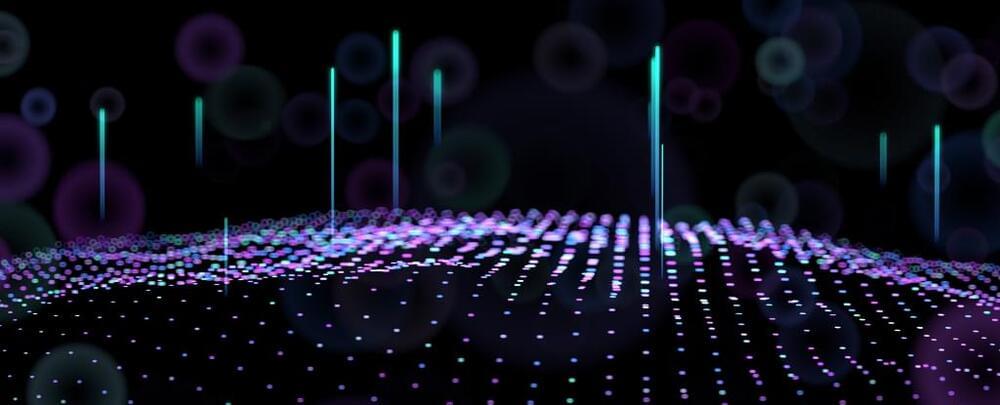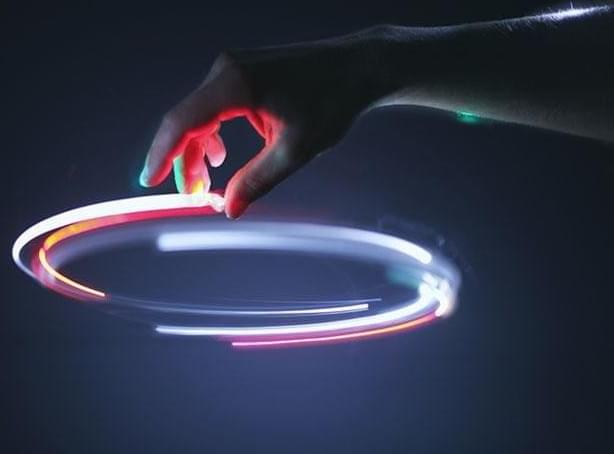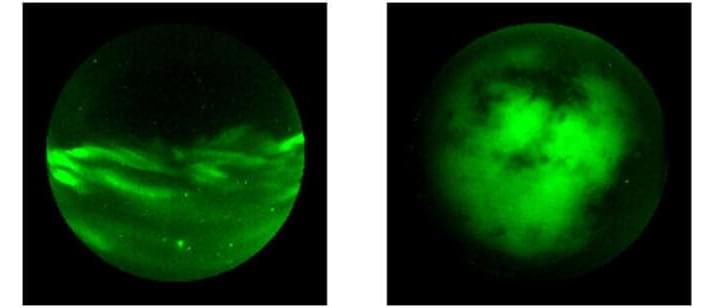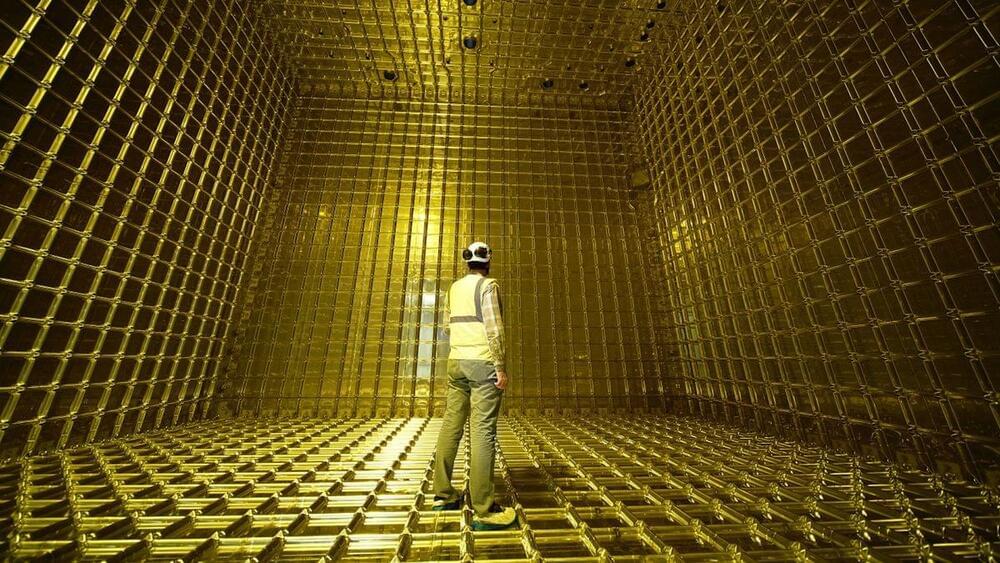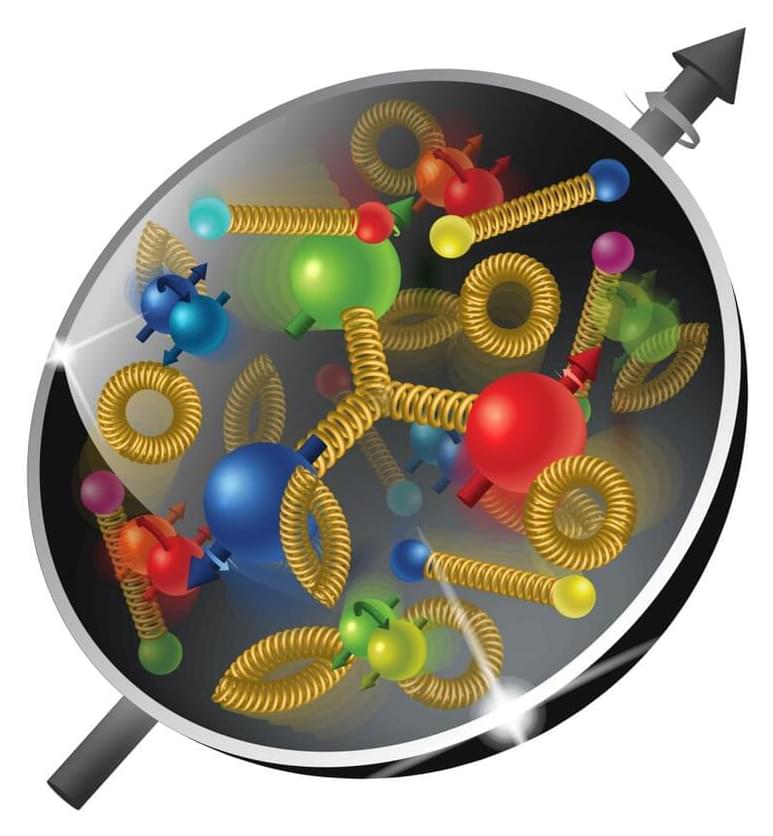The development of sustainable energy sources that can satisfy the world energy demand is one of the most challenging scientific problems. Nuclear fusion, the energy source of stars, is a clean and virtually unlimited energy source that appears as a promising candidate.
The most promising fusion reactor design is based on the tokamak concept, which uses magnetic fields to confine the plasma. Achieving high confinement is key to the development of nuclear fusion power plants and is the final aim of ITER, the largest tokamak in the world currently under construction in Cadarache (France).
The plasma edge stability in a tokamak plays a fundamental role in plasma confinement. In present-day tokamaks, edge instabilities, magnetohydrodynamic waves known as ELMs (edge localized modes), lead to significant particle and energy losses, like solar flares on the edge of the sun. The particle and energy losses due to ELMs can cause erosion and excessive heat fluxes onto the plasma-facing components, at levels unacceptable in future burning plasma devices.

